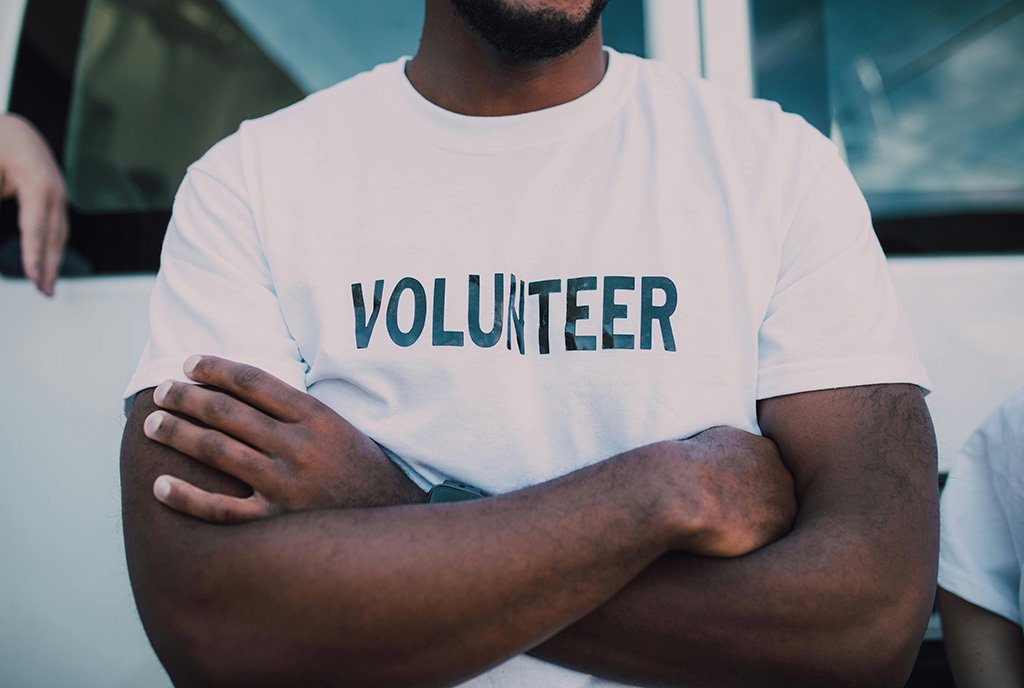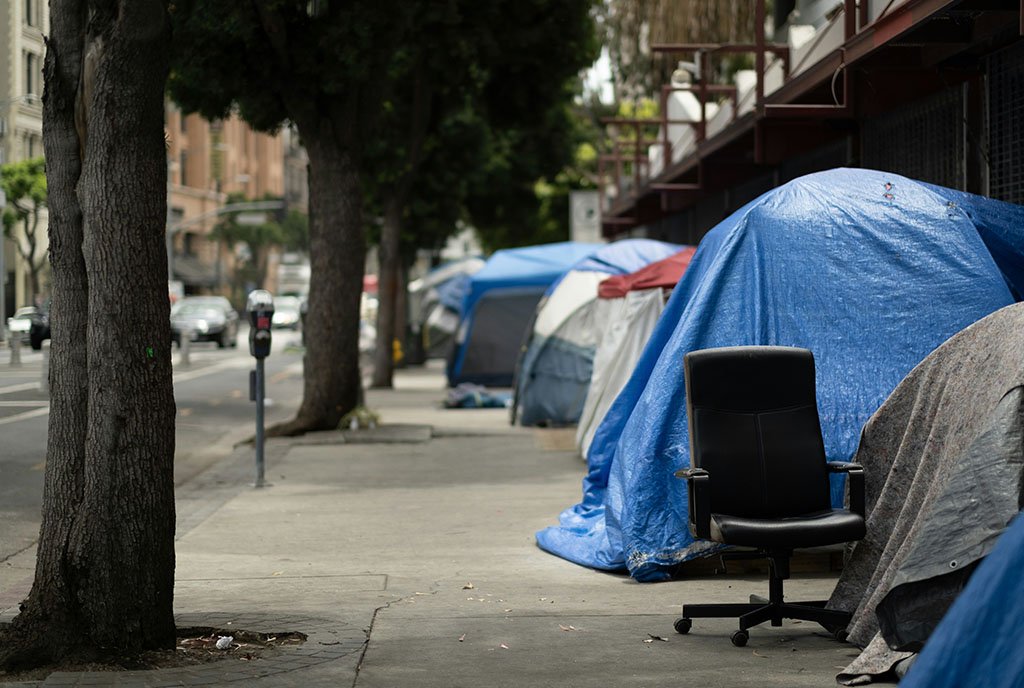

The economy is changing, and so must we. It is a challenge facing philanthropy and the nonprofit sector as a whole—including affordable housing, where Enterprise Community Partners has long focused its activities. Enterprise is one of three leading nonprofit intermediaries in the field, along with NeighborWorks America and Local Initiatives Support Corporation (LISC).
Since its founding in 1982, Enterprise has generated $43.6 billion in resources that have helped house 1.4 million families. The work of Enterprise, LISC, and NeighborWorks is impressive. An Urban Institute study found that the Low Income Housing Tax Credit program, a leading federal effort to support affordable housing in partnership with nonprofit and for-profit affordable housing developers, led to 2.3 million units of affordable housing.
And yet, these numbers reflect a classic instance of “winning the battle but losing the war.” After all, as is widely understood, despite the production of millions of housing units in the past three decades, the housing shortfall is rising, not falling. Back during the Great Society era, Fred McGhee notes, Congress had set a goal of building or rehabilitating 26 million housing units, including six million for low- and moderate-income households over a period of ten years. After initially high levels of production in the early 1970s, the demise of direct federal housing appropriations assured that this not happen, notwithstanding the high level of creativity and production of Enterprise, LISC, NeighborWorks, and their partners. How does the field get out of this box?
Laurel Blatchford is president of Enterprise Community Partners. Along with Charles Werhane of Enterprise Community Investment, Blatchford co-leads the Enterprise family of nonprofit companies. Blatchford laid out six trends shaping Enterprise’s worldview—declining economic mobility, political instability, climate change, technological change, the need to address equity and diversity, and an acute housing shortage—resulting in an estimated 19 million American households needing to pay more than half of their income on housing.
Enterprise, Blatchford readily concedes, has traditionally been transaction-focused. Now, it hopes to become more transformational in its work. What does this mean? Fundamentally, the goal is to shift from a focus on outputs (e.g., number of houses built) to outcomes (e.g., people’s lives improved). Blatchford adds, “Community development is at a crossroads. How do we get to transformational change?” To reach that goal, Blatchford explains, Enterprise is seeking to systematically focus on three things: 1) equity, 2) climate resilience and 3) healthy homes. Over time, Blatchford says, Enterprise aims to bake these principles into its overall procedures.
How does this work? Some of the efforts at Enterprise to implement the strategic direction that Blatchford describes can be seen in both its healthy homes work and its growing resilience and disaster recovery work.
Enterprise’s healthy homes work is led by Brian Rahmer, who is its vice president of health and housing. Rahmer worked in healthcare for about 15 years before joining Enterprise. At Enterprise, Brian aims to bring “the three core areas of Enterprise as an intermediary closer together—the work we do as a CDFI (community development financial institution), policy work at the state and local and federal level, and programmatic implementation work.” Rahmer notes that Enterprise was engaged in healthy housing before he arrived, but that it was “project- or place-oriented and not necessarily well aligned or coordinated.”
Designing homes that are healthy includes avoiding asthma triggers and making sure homes are free of poisons like lead or radon. But the overall challenge is broader. Rahmer notes that creating conditions for true health requires a broader shift in “funding and dollars from clinical provision to what we would look at as social spending. The US has a particularly radical imbalance between clinical health versus social care provision.”
With housing, Rahmer says, the broad goal is to see if housing can generate better opportunities for people, not just health and wellbeing. To achieve this, Enterprise focuses on four pillars: affordability, quality, safety, and connection.
To better understand the interaction of health and housing, Enterprise engaged Wakefield Research, which surveyed 1,000 renters (half low-income) and 500 medical professionals. The results were not surprising, but they were stark. One of the most profound discoveries Rahmer points out is that among the renters they spoke to, 89 percent made paying rent their top priority. Rahmer observes, “If folks prioritize rent over everything else, it is not only going to create tradeoffs, but when they do go to the doctor, it may mask housing insecurity.”
This also impacts the quality of medical care, Rahmer observes. Medical providers—both doctors and nurses, the survey found—report widespread burnout, anxiety, and depression. Rahmer notes, “For many of the healthcare professionals, they go in with a feeling that they want to make a difference.” But if all they do is write a scrip and send their patients “back into the environment that made them sick in the first place,” it “creates a level of distress or burnout that shouldn’t be there.”
Enterprise aims, Rahmer says, to “create communities and settings where people can thrive and generate the kinds of opportunities they need to be benefit in well-being and escape problems rooted in disinvestment.”
Aligning health and housing is still a work in progress, but the challenges are, if anything, even greater in resiliency work. Enterprise’s resiliency work is led by Marion McFadden, who is senior vice president of public policy at Enterprise. Prior to joining Enterprise in 2016, McFadden spent over 15 years at the US Department of Housing and Urban Development (HUD), where she oversaw long-term disaster recovery appropriations after September 11th, Hurricane Katrina, and Superstorm Sandy.
Sign up for our free newsletters
Subscribe to NPQ's newsletters to have our top stories delivered directly to your inbox.
By signing up, you agree to our privacy policy and terms of use, and to receive messages from NPQ and our partners.
It will surprise few NPQ readers that federal disaster recovery policy is flawed, but McFadden says there are some strengths. “Within the long-term recovery resources, particularly with HUD, there is a lot of flexibility,” McFadden says. “Government is not prescriptive about how communities want to rebuild. That part works. There is an inherent flexibility. It is not the federal government saying we know what it takes to rebuild.”
But, McFadden adds, “One of the huge limitations is that the federal government…is not currently providing expertise in a way that states and localities can digest.” Every single disaster is a “one-off,” McFadden observes. Enterprise, as a large nonprofit intermediary, does a lot of disaster recovery work—right now, with a focus on Florida, Puerto Rico, and the Virgin Islands. Enterprise seeks to act both as a service provider and as an advocate in Washington, DC.
The technical work, McFadden explains, includes “creating a rebuilding manual so homeowners can make their properties resilient. Everything from the building materials they should use to methods of construction.”
Enterprise also provides technical assistance of a different sort: helping nonprofits negotiate the complicated federal system. Enterprise was working in Puerto Rico, McFadden notes, for seven years prior to Hurricane Maria. McFadden said Enterprise was “very impressed about how nonprofits had rebuilt themselves almost overnight into aid organizations. I’d never seen that before, especially the strong women of Puerto Rico who delivered food and water to remote areas. Their attitude was: ‘We’re not waiting for FEMA. We can’t wait.’”
Where Enterprise intervened beyond providing loans and grants was in helping Puerto Rican nonprofits answer questions—“how does the federal money flow, where are the gaps, where is it appropriate to look to philanthropic partners.” This involved sharing insights learned from past disasters. Fundraising basics, such as how to engage with funders, how to write grants and keep records, and how to communicate needs and develop a collaborative relationship with funders, are part of the training too.
Meanwhile, Enterprise is seeking to change federal policy “so Congress can eliminate months and months of the process. Disaster recovery is never fast enough on the ground. I’ve rarely heard someone say: ‘The government met my expectations.’ It just doesn’t happen that way.”
McFadden adds that, “The greatest frustration is learning the same lessons. We are creating the same mistake. Congress and the agencies can eliminate that delay by offering model programs.” This, McFadden notes, would avoid subjecting recovery communities to a “year-long planning process.”
One big policy change McFadden and Enterprise seek is to make disaster recovery a standing program at HUD. It seems obvious, but many roadblocks persist. Among the matters in dispute are whether a person who takes out a loan is still eligible for a grant to pay back that loan and how stringent environmental reviews should be.
And where is Enterprise at? McFadden cites progress, but she does not shy away from continuing challenges. “We are looking at how we scale up opportunities to break the cycle of poverty. We are building pilots around making a difference in people’s lives by helping them move into a home that is free from hazards like mold” and connected to transportation. “There is no one place that is nirvana. We haven’t seen a disaster recovery yet where I can say, ‘That is the model.’ We are still behind the 8-ball.”
McFadden adds that while there’s a long way yet to go, “I believe we will turn the corner, and I wouldn’t have said that a few years ago.” What has changed? “We all understand now that natural disasters are not going to be infrequent. We see that it is happening more and more, and communities are becoming overwhelmed and demanding the federal government’s help.”
McFadden adds, “You never know when a disaster will come to your own community. It can feel so good to help someone avoid the suffering you are experiencing. Philanthropy has such a crucial role to bring together organizations it has worked with to share ideas. I would encourage the philanthropic sector to think about how to support the entire life cycle for recovery. Figure out what support people need to get from disasters to full recovery over time.”
And what does a transformational approach to disaster recovery look like? “We have been doing a lot of thinking about that,” McFadden notes. One step, she says, is to recognize that it is the most vulnerable people who have the greatest physical vulnerability and the greatest difficulty recovering. This requires nonprofits and governments to tailor programs to meet those needs.
“We really see this as the connection between income inequality and climate change,” McFadden observes. She concludes, “The question for us is not treating disasters as one-offs. Not acting surprised by the changes that communities go through” and to “center decision-making to address the unmet needs of low-income people, instead of thinking in silos.”











